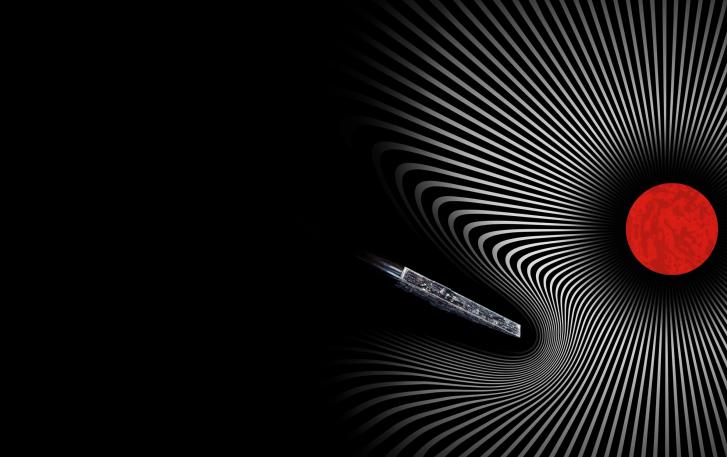Two Nerds sat down to watched the recent film Voyagers with some excitement, because there are a vanishingly small number of actual generation ships in film. There are oodles of long haul ships, like the Nostromo, where its crew and passengers are put in hibernation of some kind. (On this second kind of ship, usually the plot finds a small number of people being awakened early, and then the killing begins.) There are precious few fictional voyages where the ship’s population will live out their entire lives on board, and whose children will, and grandchildren; where the destination is so far away that it will take lifetimes to get there. (I’m also talking film, not books, because there are tons of generation ship narratives in print.) Unfortunately, Voyagers was so infuriatingly bad we had to turn it off in disgust and read the wiki to learn the ending. I’m glad I didn’t actually watch that; I would have thrown a clot. In this episode we discuss some of the other generation ship films out there — most specifically Aniara — and a couple generation ship books — notably Kim Stanley Robinson’s Aurora.
Copyright © 2024 Two Nerds Sitting On A Couch


OMG, Ascension made my head hurt.
1) Why, the ever-loving fuck, would you jettison dead bodies from your *[SUPPOSEDLY]* closed system when you’re deep in the cold, dead void of space? You would permanently lose all that hydrogen, oxygen, carbon, calcium, sodium, phosphorus… Dune aside, once you start running low on phosphorus, you are in serious trouble.
2) How, the ever-loving fuck, are the people running the experiment planning to simulate the switchover to deceleration? They’re just past the halfway point of their multigenerational journey, and they’ve been accelerating at exactly 1g for all that time. Real fuckin’ soon the ship has to switch off the engines, flip around, and then reignite the engines. There’s no way they can simulate the weightlessness. What’s the plan here, my dudes?
3) But that’s not even the big problem. ***IF YOUR SHIP ACCELERATES AT A CONSTANT 1G, YOU WILL BE TRAVELING RELATIVISTICALLY WITHIN ONE YEAR*** At this point, the engines can push as hard as they want and you essentially won’t go any faster and you sure as shit won’t be accelerating at 1g any longer. It’s literally physically impossible. Nobody would design a space mission like that, it is a mind-bogglingly titanic waste of energy to run the engines like that. Anybody on the “generation ship” *[wink]* with a rudimentary STEM education, which you’d think people living on a spaceship would fucking need to have, would think about their decades-long journey for 3 seconds and realize something doesn’t add up, that life is a lie, there are no rules, and go full-on Lord of the Flies. QED.
(For all that, I kind of liked it, honestly.)
Haha, yes! There are a number of glaring plot holes (science holes?) in Ascension, ones I’ve seen in generation ship books as well. There’s a YA book I can’t remember the name of — though I remember the name of the ship was the Godspeed, somehow — where they are constantly throwing dead bodies out the airlock, and I was like whyyyyyyyy? (A quick google informs me it’s called Across the Universe. I do not recommend.) I do really love KSR’s Aurora because of how *furious* he is about everything generation ship.
That said! Who doesn’t love a locked room whodunit? And Ascension starts as the ultimate locked room murder mystery, even if it got all diffuse by the end. They probably should have planned a one or two season plot arc and left it at that, alas.
Anyway! Lovely to see you on the intertubes. We should do a Remo Williams screening soon!